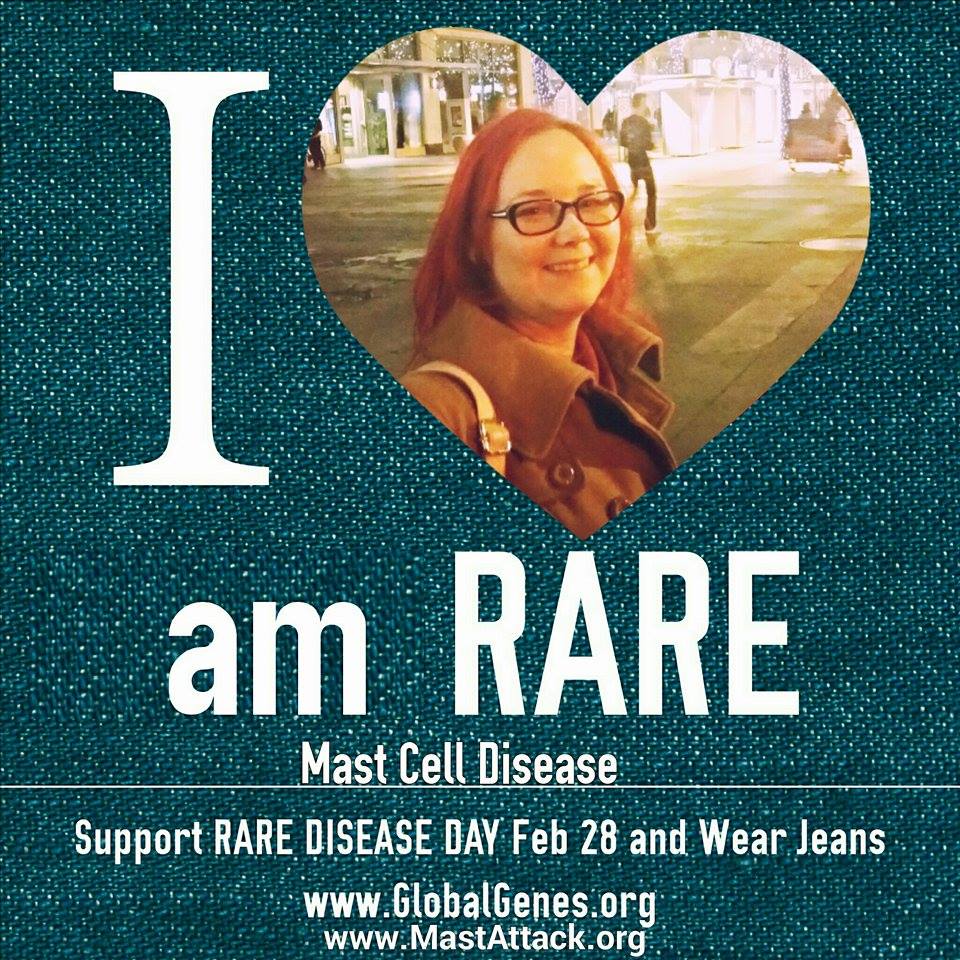The Unholiday; or, Rare Disease Day
I have multiple rare diseases. I have been living as a rare patient since January 2012 when I was initially diagnosed with mast cell disease. I have collected some other rare diseases for my menagerie in the years since: adrenal insufficiency; Ehlers Danlos Syndrome, hypermobility type; Postural Orthostatic Tachycardia Syndrome; and mixed connective tissue disease with features of lupus and rheumatoid arthritis.
February is Rare Disease Month and the last day of February is Rare Disease Day. MastAttack originated as a exercise in educating people about mast cell disease with daily facts for Rare Disease Month. Over time, I moved those facts from my Facebook page to a blog. That blog evolved into the MastAttack you are currently experiencing.
I have planned for the last few years to do a daily posts in February with each post discussing a different rare disease that affects some mast cell patients. The fact that I was only able to get up two posts (and not even on consecutive days) is a pretty good symbol for what it is like to be a rare disease patient.
Despite recognizing its importance, I feel conflicted about Rare Disease Month. It’s not the visibility that bothers me because I committed to living my life very loudly years ago to empower myself and others in the mast cell community. It’s the transience of the focus. In February, people are inundated with stories about living and dying with rare disease. But on March 1, I’m still going to be here, with these diseases, and friends with these diseases, and the fear and uncertainty that goes with them.
This is not a celebration. We are not celebrating rare disease or even rare disease patients. This is a protest. A march. An event to record that we were here. A memorial, to remember those rare disease patients we lost this past year and all the years before. And a prayer, a deep and primal hope given to the universe that there will someday be a world in which there is no need for a Rare Disease Day.
Thank you for reading our stories this month. Thank you for learning about our diseases and our lives.
Remember us after today. Remember us every day.
